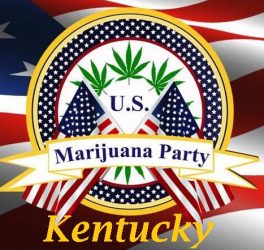By Matthew Cooper 4/24/15 at 6:45 AM

Congress and the presidential candidates are weighing in on the Trans-Pacific Partnership (TPP). But what is this trade deal, and what are its prospects?
Well, the TPP promises to be one of Washington’s most contentious fights during this Congress. But in an unusual way. Most business interests, Republicans and the Obama administration back the agreement, while virtually all of organized labor, most Democrats and environmental groups oppose it. The arguments about whether the pact is a job destroyer or a job creator echo the debate over the North American Free Trade Agreement (NAFTA) forged by the U.S., Canada and Mexico in the 1990s —an argument that continues decades after it passed.
But the TPP is a much bigger deal not only because it has the potential to rewrite American rules about labor and environmental standards, intellectual property rights and other important aspects of the American economy, but also because the countries involved make it nothing short of a major international economic alliance. Here’s a quick breakdown:
What is the Trans-Pacific Partnership?
It’s an agreement, among 12 nations bordering the Pacific, aimed at reducing trade barriers and promoting greater economic cooperation. The idea has been negotiated since 2006, and it got started with relatively small economies like New Zealand and Brunei. It now includes very big economies as well. Among the participants: the United States, Japan, Australia, Chile, South Korea and Peru. The 12 nations make up close to 40 percent of the world’s gross domestic product. Other Pacific-facing nations could join at a later date.


